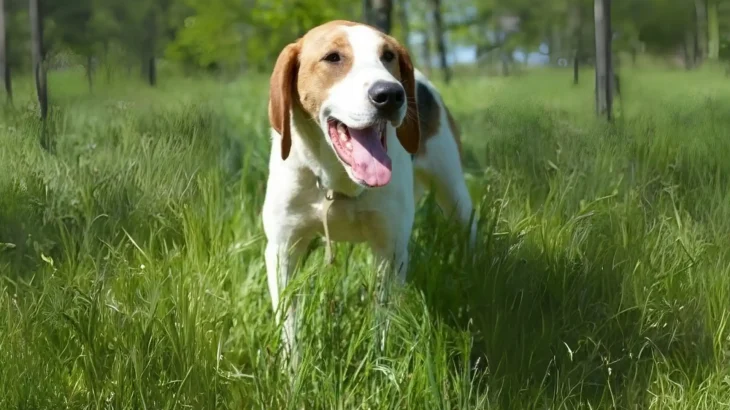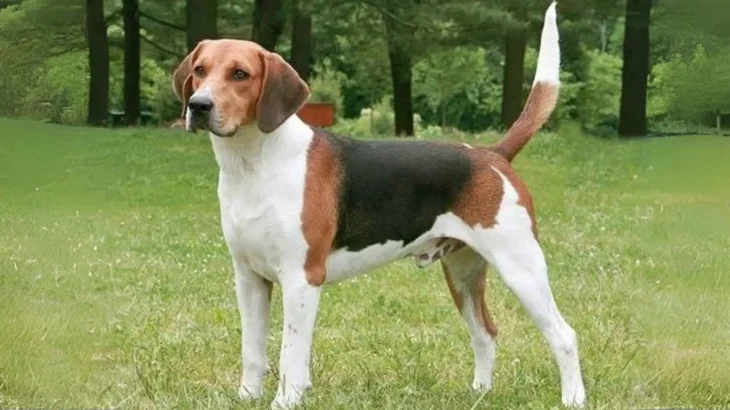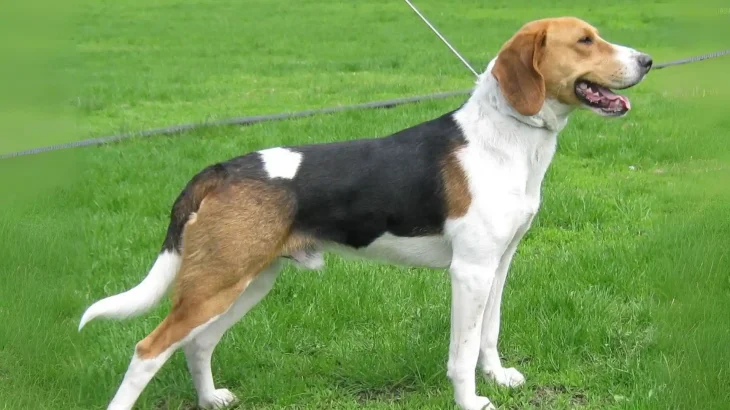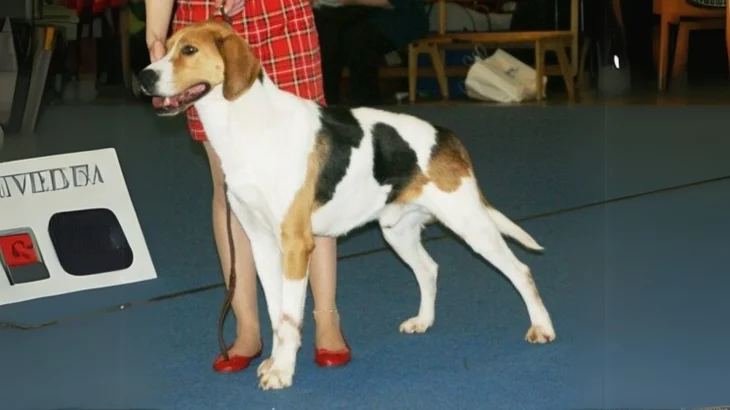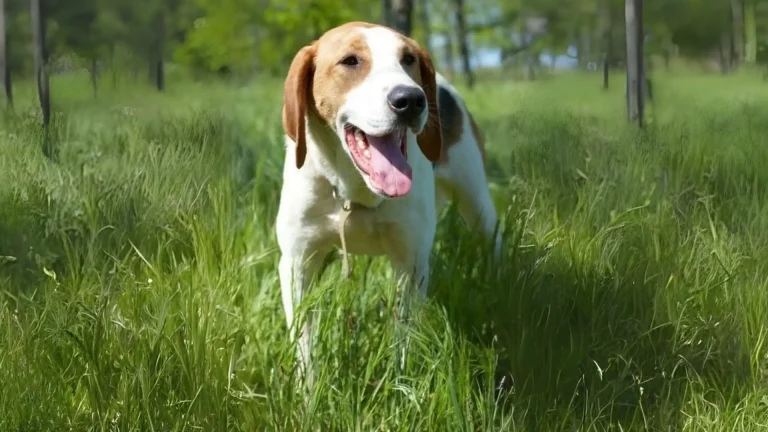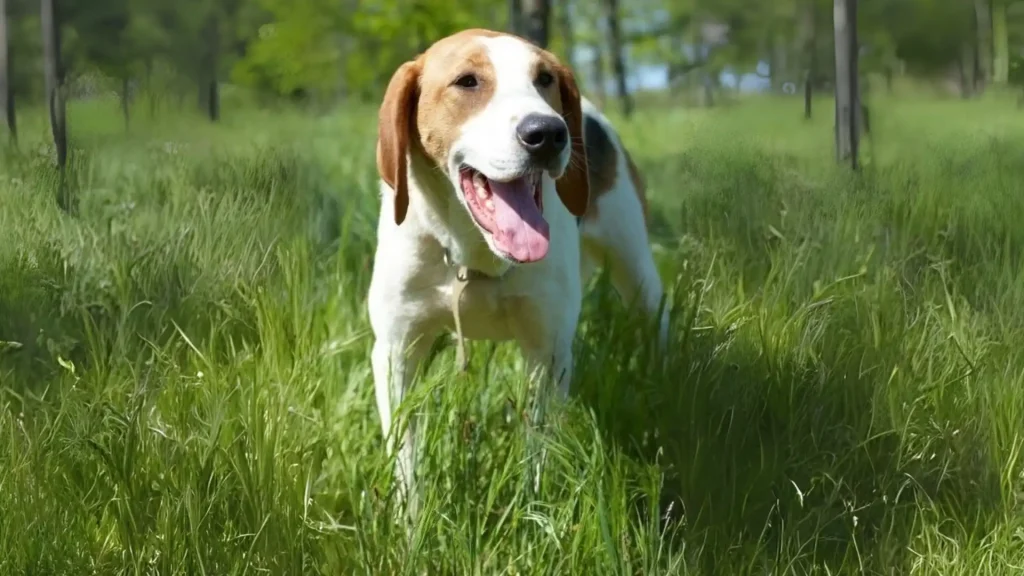Deciding whether to buy or adopt a Russian Harlequin Hound puppy depends on what you value most, such as pedigree certainty or giving a home to a dog in need. Purchasing from a breeder often ensures breed purity and detailed health backgrounds, while adoption provides a chance to rescue a dog but with less predictability regarding lineage and early health.
Adoption vs. Breeder: Pros & Cons
| Criteria | Buying from Breeder | Adopting from Shelter/Rescue |
|---|---|---|
| Cost | Usually higher, reflecting breed purity and breeding costs. | Lower fees, often includes initial vet care. |
| Health History | Detailed records and genetic history usually available. | May be limited or unknown; basic health checks done. |
| Age Availability | Mostly puppies available, allowing early training and socialization. | Range of ages, including adults and seniors. |
| Temperament Insight | Breeders provide insights based on lineage and parent's temperament. | Temperament observed but early behavior or training may be unknown. |
| Supporting Practices | Supports breed preservation but requires ethical breeders. | Supports animal welfare by saving dogs needing homes. |
| Breed Purity & Pedigree | Ensured with documentation and registered lineage. | Often unknown lineage; pedigree unlikely. |

